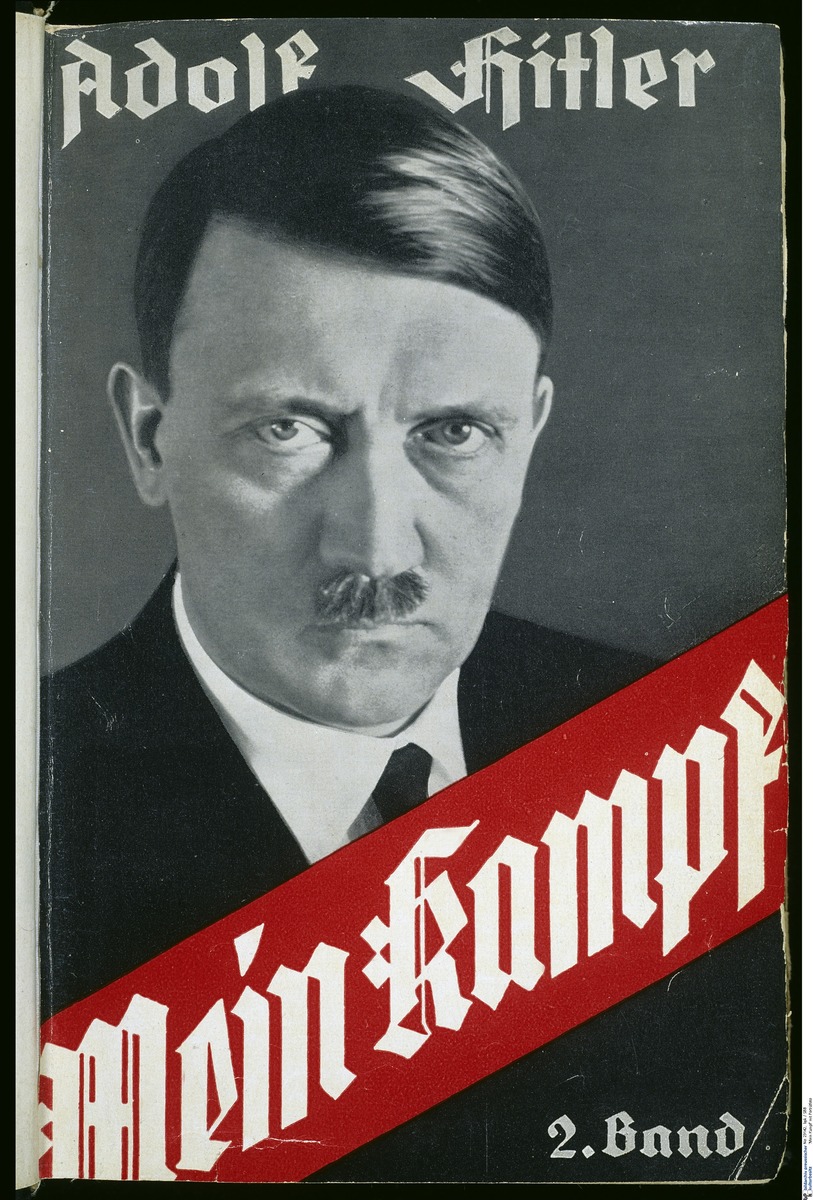Abstract
In 1924, Hitler was serving a prison term of several months in
connection with the failed "Beer Hall Putsch" of November 9,
1923. While in Landsberg prison in upper Bavaria, he formulated his
political and ideological program under the working title
Four and One-Half Years of Battle against
Lies, Stupidity, and Cowardice. The first volume was published in
July 1925 under the simplified title Mein
Kampf. A second volume followed in 1926, and the combined
one-volume "popular edition" first appeared in 1930. From 1936
on, every newly wedded couple in Nazi Germany received a copy of the
one-volume edition from the registry office. By 1945, about ten million
copies of the book had been sold worldwide. The royalties made Hitler a
multimillionaire.
In his polemic, Hitler laid out the main tenets of his racist
worldview and outlined his political goals. Two of his primary
objectives were the racial "upbreeding" of the German people
and the conquest of “living space”
[Lebensraum] in Eastern Europe.
Hitler explained that it was necessary to fight the "Jewish-Marxist
world conspiracy" and to pursue a merciless racial war against the
Soviet Union. The first volume was presented to the public as Hitler's
autobiography, but Hitler had in fact fictionalized his biography in
order to make it appear as though the political views expressed in the
book were based on his own personal experience. The second volume (shown
here) was supposed to be a history of the NSDAP, but in actuality it
focused less on the history of the party than on the details of Hitler's
political program. In chapters 13 and 14, Hitler explicitly stated his
concrete foreign policy plans for conquering “living space” in Eastern
Europe and the Soviet Union, and for forming an alliance with Italy and
England that would allow him to wage a successful war against
France.
